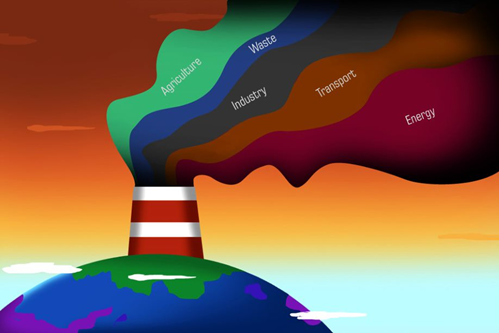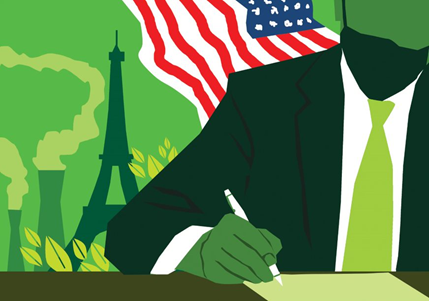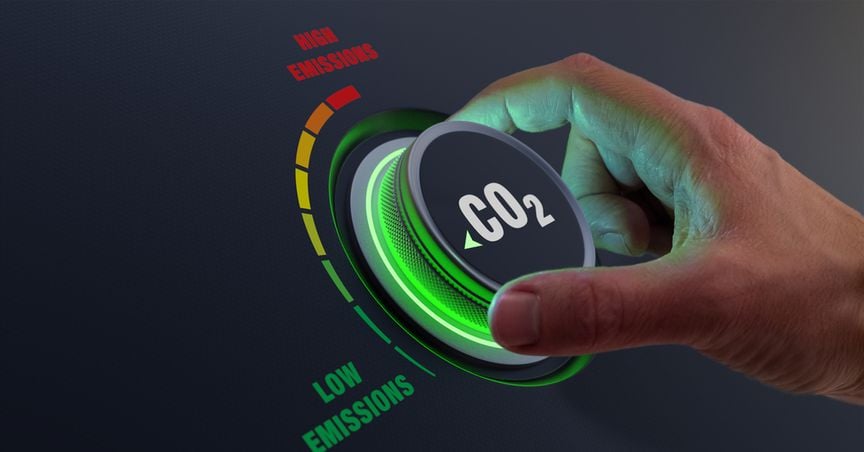Summary
- Recent data indicates the highest CO2 levels in 63 years, with the COVID-19 shutdown proving insignificant to curb greenhouse gas emissions.
- Carbon dioxide was recorded at 419 parts per million (ppm) in May 2021, up from 417 ppm in the year-ago period.
- Decades of commitment from global communities have been unable to impact the pace of CO2 emissions.
The world that is on pins and needles with the continuously deteriorating environmental conditions had been wistfully pinning hopes on COVID-19 spillovers to turn out as its saving grace. But nothing good seems to come out of the pandemic as the recent record-high carbon dioxide (CO2) level disheartened many environmental enthusiasts.
The Scripps Institution of Oceanography and the National Oceanic and Atmospheric Administration (NOAA) data indicates that the carbon dioxide levels at NOAA’s weather station situated on Mauna Loa in Hawaii reached its peak last month. Significantly, scientists since 1958 have been comparing CO2 concentrations from year to year in May, a month that records the highest monthly average value of CO2.
ALSO READ: Eye on net-zero emissions target, Australia shells out $100 million on renewables
The air samples collected recorded carbon dioxide at 419 parts per million in May 2021, up from 417 ppm in May 2020.
Significantly, carbon dioxide is one of the major greenhouse gases responsible for global temperature increase and coastal floods.

Source: Copyright © 2021 Kalkine Media
Have we pressed a fast-forward button to the apocalypse?
The Earth seems to be fighting its environmental Armageddon with the greenhouse gases stockpiling in the atmosphere. The recent data questions the sustainability of our current lavish lifestyles, which by no means we are ready to give up while the potential doom weighs heavy on us.
The amount of CO2 level is tantamount to that over 4 million years ago when the sea level was 78 feet higher than at present, and the mean temperature was 7 degrees Fahrenheit more than it was prior to the industrial revolution, with extensive forests occupying the current tundra region of the Arctic.
ALSO READ: How will electric vehicles help Australia tackle the climate crisis?

Source: Copyright © 2021 Kalkine Media
Meanwhile, a senior scientist with NOAA’s Global Monitoring Laboratory, Pieter Tans, noted that the most abundant human-caused greenhouse gas CO2 continues to persist for thousands of years after its emission.
The current pace of change in the atmospheric setup makes us wonder if we are harking back to the deserted Earth existing eons back before humans walked on it.
GOOD WATCH: How Is Australia Tackling The Climate Change Crisis?
Temporary COVID-19 lockdown was no great shakes as eco-saviour
The abandoned streets, bereft of CO2-emitting multitudes of vehicles and the closed industrial operations during the COVID-19 shutdown running for over a year proved inconsequential to make an impact on overall CO2 emissions. The report indicated no apparent signal in the data due to the effect of the COVID-19 induced worldwide economic disruptions.
INTERESTING READ: Bill Gates' game plan on how to avert a climate disaster
CO2 measurements for the first five months of 2021 exhibited a 2.3 ppm increase over the same five months last year. It is comparable to the mean annual increase between 2010 and 2019, with May CO2 level in 2021 showing a 1.8 ppm YoY increase.
Geochemist Ralph Keeling pointing out fossil-fuel emissions as the “ultimate control knob on atmospheric CO2”, indicated that far significant needs to be done in the wake of CO2 piling up each year in the atmosphere. He stressed the need for larger cuts which must sustain longer than the pandemic-related lockdown.
Should we take the official environmental commitments with the pinch of salt?
The annual world environmental summits abounding in overwhelming commitments do not seem to reflect on the CO2 emissions.
The outcome of emission reduction focus is not evident in the CO2 data, indicating a significant gap between the policies and the implementation. At this rate, the planet can be exposed to global heating, flooding, and extreme weather events, extending for centuries or longer.
Pieter Tans pressed the need for reducing CO2 pollution to zero soon to avoid such catastrophic climate change. Meanwhile, under the leadership of Joe Biden, the United States re-joined the Paris Agreement, which boasts the commitment of 196 countries to fight climate change.

Source: Copyright © 2021 Kalkine Media
Yet, despite decades of commitment, the global community environmental pledges have been not much cop to get a handle on the escalating ecological woes.






